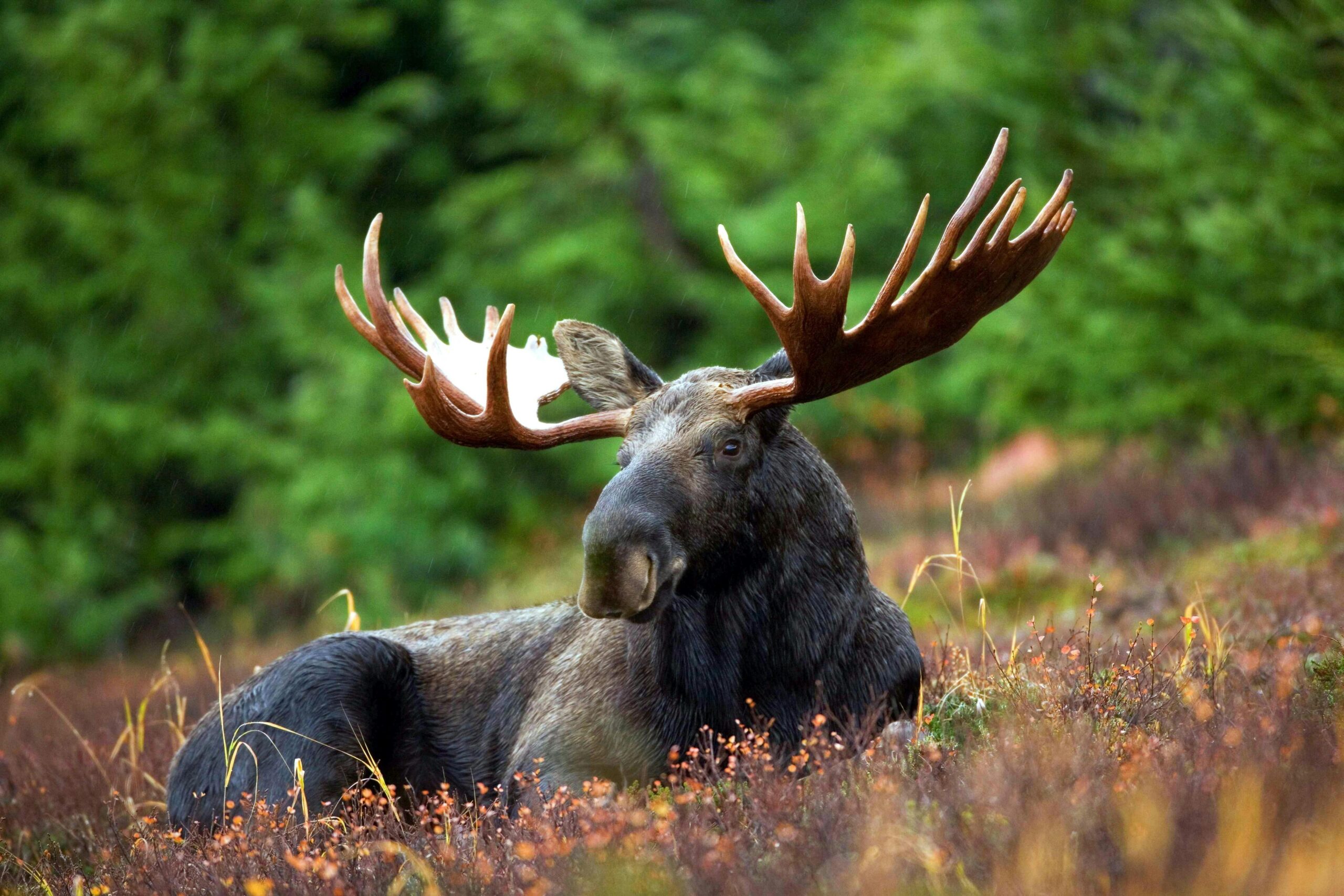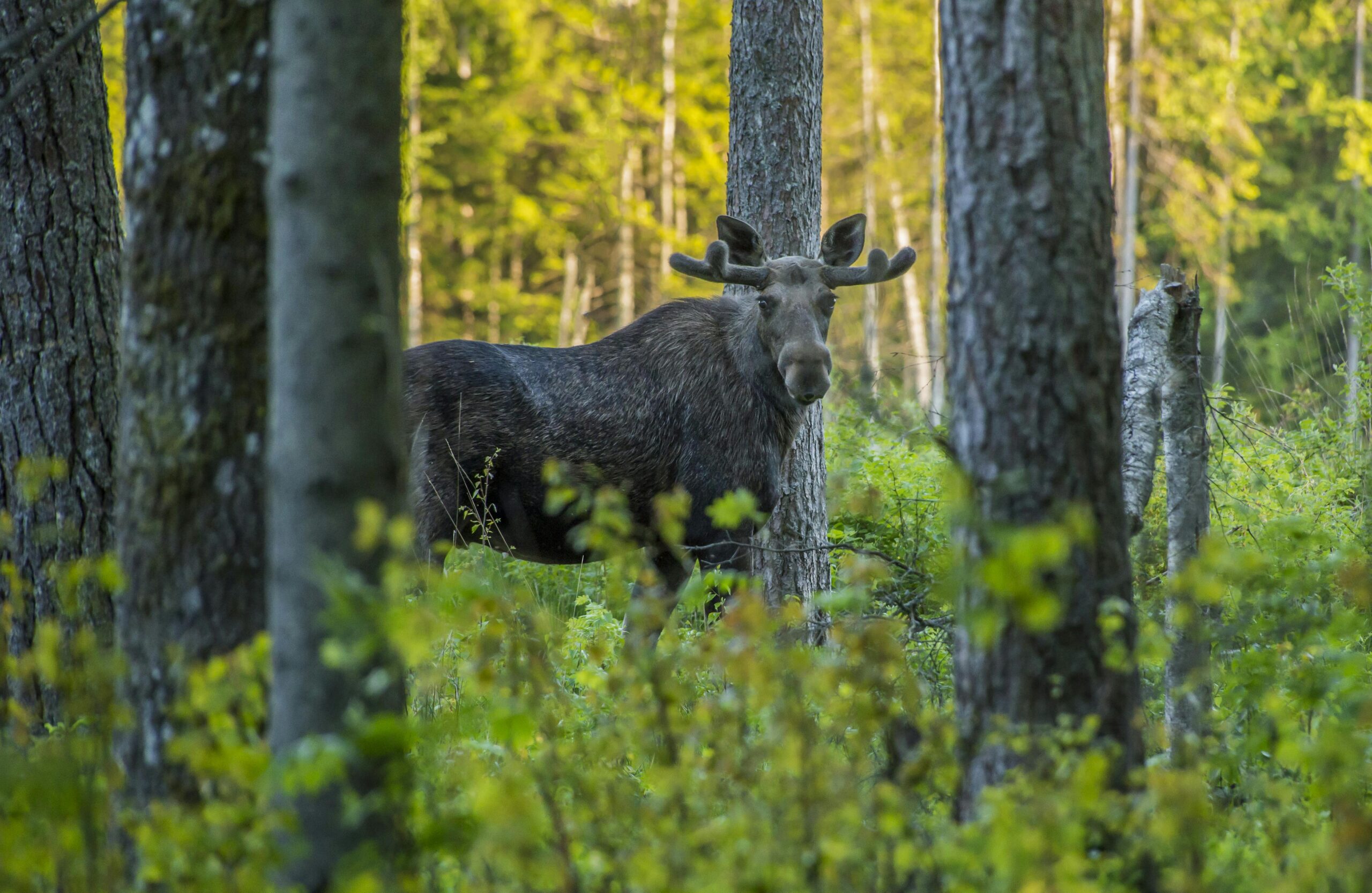
A moose is a large mammal that lives in the northern parts of the world, including North America, Europe, and Asia. They are the largest species in the deer family and are known for their distinctive antlers, which can grow to be very large and are only found on males. Moose are herbivores and their diet consists of a variety of plants, including leaves, twigs, and aquatic vegetation. The history of moose and humans is intertwined, with indigenous peoples in many regions relying on them for survival. They were a crucial source of food, clothing, and tools. Historically, moose were hunted for their meat, and their hide was used for clothing, moccasins, and other items. The bones and antlers were carved into tools, weapons, and decorative objects. From a moose, a variety of food products can be obtained. The meat, often referred to as venison, is lean and has a distinct, rich flavor. It can be prepared in various ways, including roasts, stews, and ground meat for burgers or sausages. The liver and other organs are also sometimes consumed. The antlers and fur of a moose have practical and decorative uses. The antlers, which are shed and regrown each year, are a popular material for crafting. They are carved into knife handles, buttons, and even furniture. The fur, which is thick and warm, is used for lining winter clothing and for creating decorative pieces. The call of a moose is a deep, guttural sound often described as a roar or a moan. It is used for communication between individuals, particularly during mating season when males use the call to attract females and to challenge other males. This call can be heard over long distances in the forest.

Spotting a moose
If you want to try and spot a moose, there are a few things to keep in mind. Moose are most active during dawn and dusk, so the early morning and late evening are the best times to go looking for them. They tend to prefer areas with dense forests and wetlands, as these environments provide them with food and cover. Roads that pass through these kinds of habitats can be good places to look, but you should always be cautious and aware of your surroundings. We have had the experience of spotting a few moose while driving along the E10 road in Norway, specifically in the early evening around 9 PM. The scenery along that route is quite beautiful and the presence of these magnificent animals adds to the sense of wilderness. However, sightings in the wild are never guaranteed. For a more reliable opportunity to see a moose, we truly recommend a visit to Räntemåla Gård, located at Räntemålavägen 18, 372 98 Eringsboda, Sweden. This is a place where you can be more certain of seeing a moose up close in a safe and controlled environment. It is a good option for those who want to observe these animals without leaving it entirely to chance.